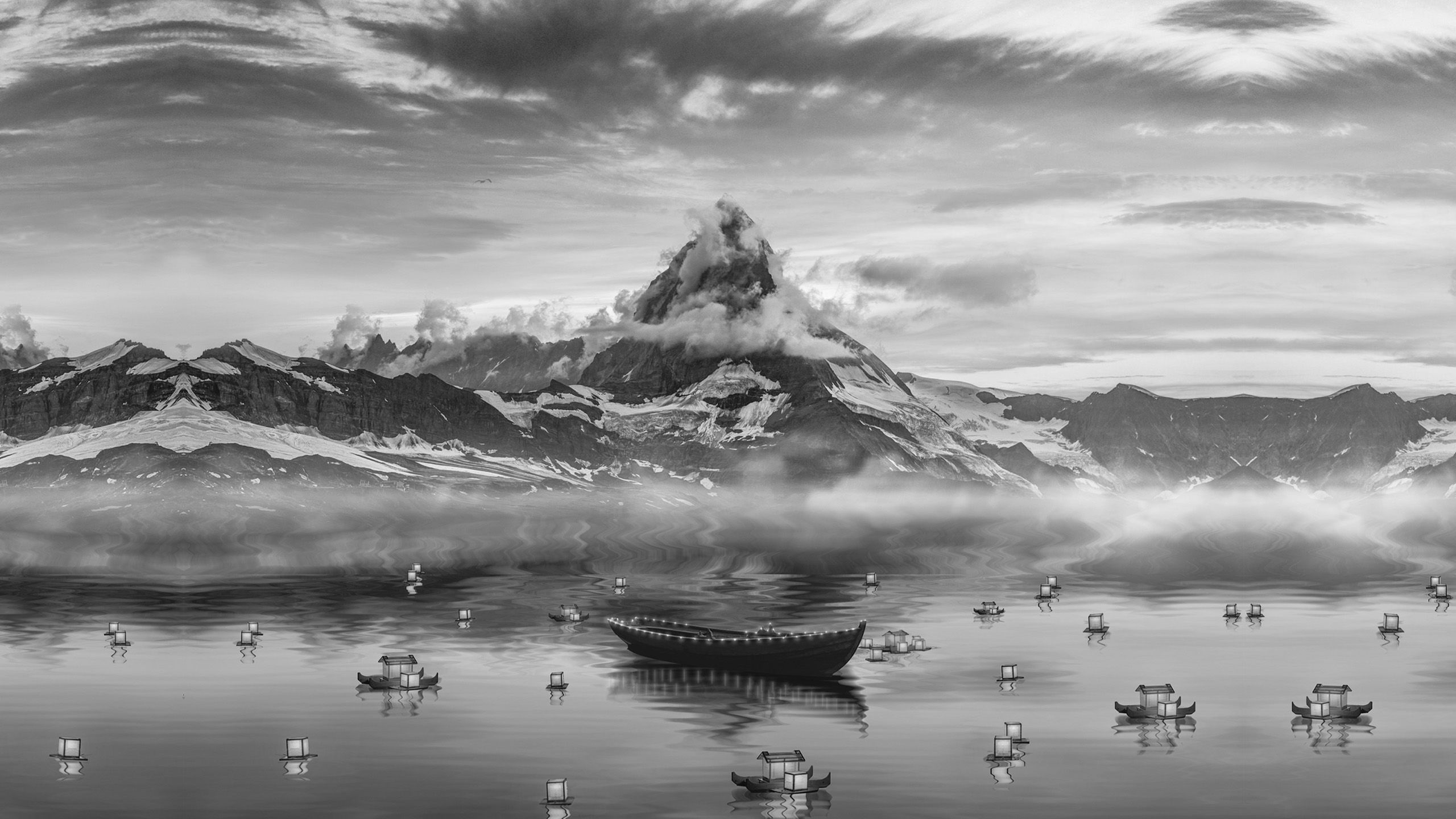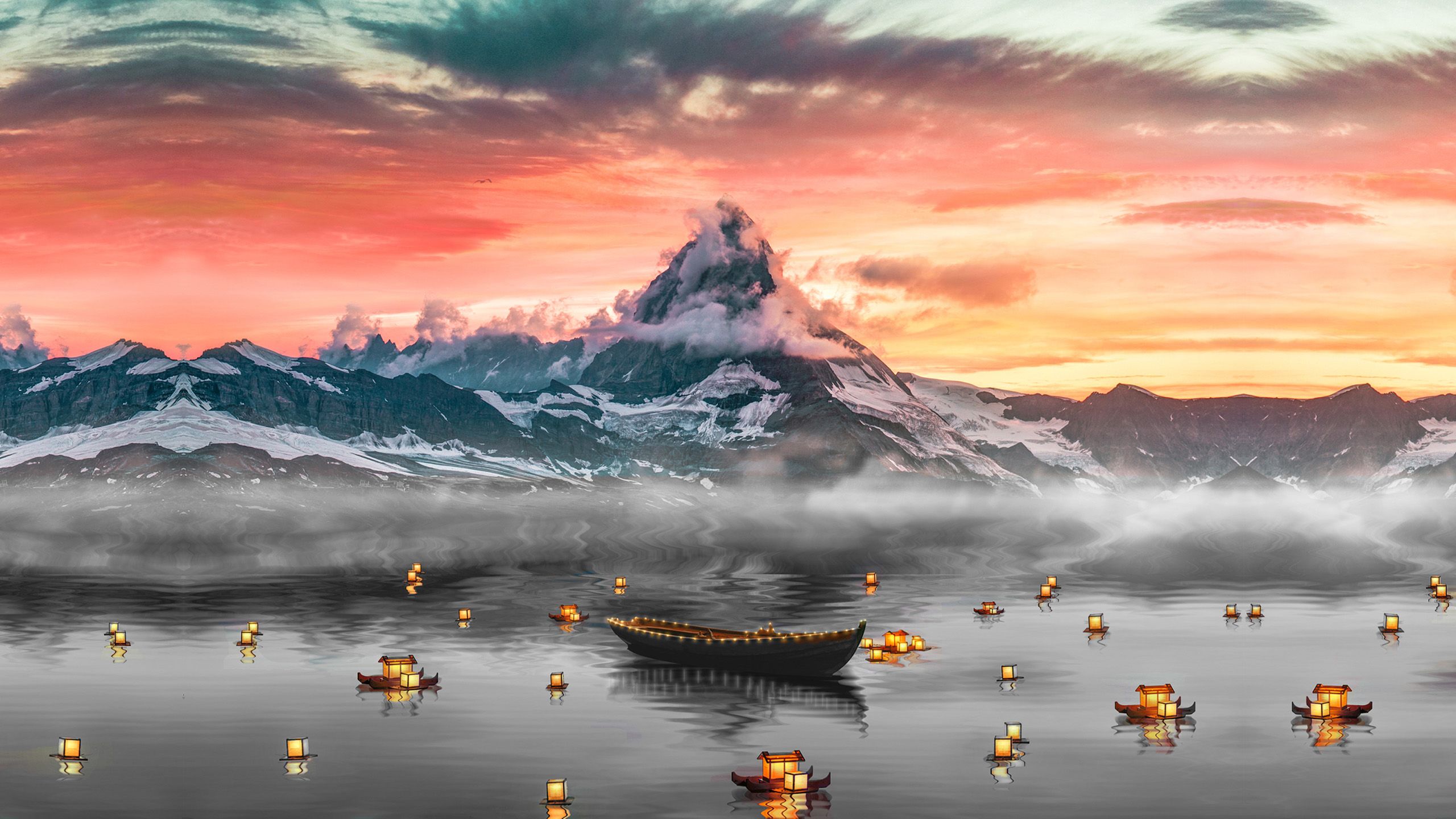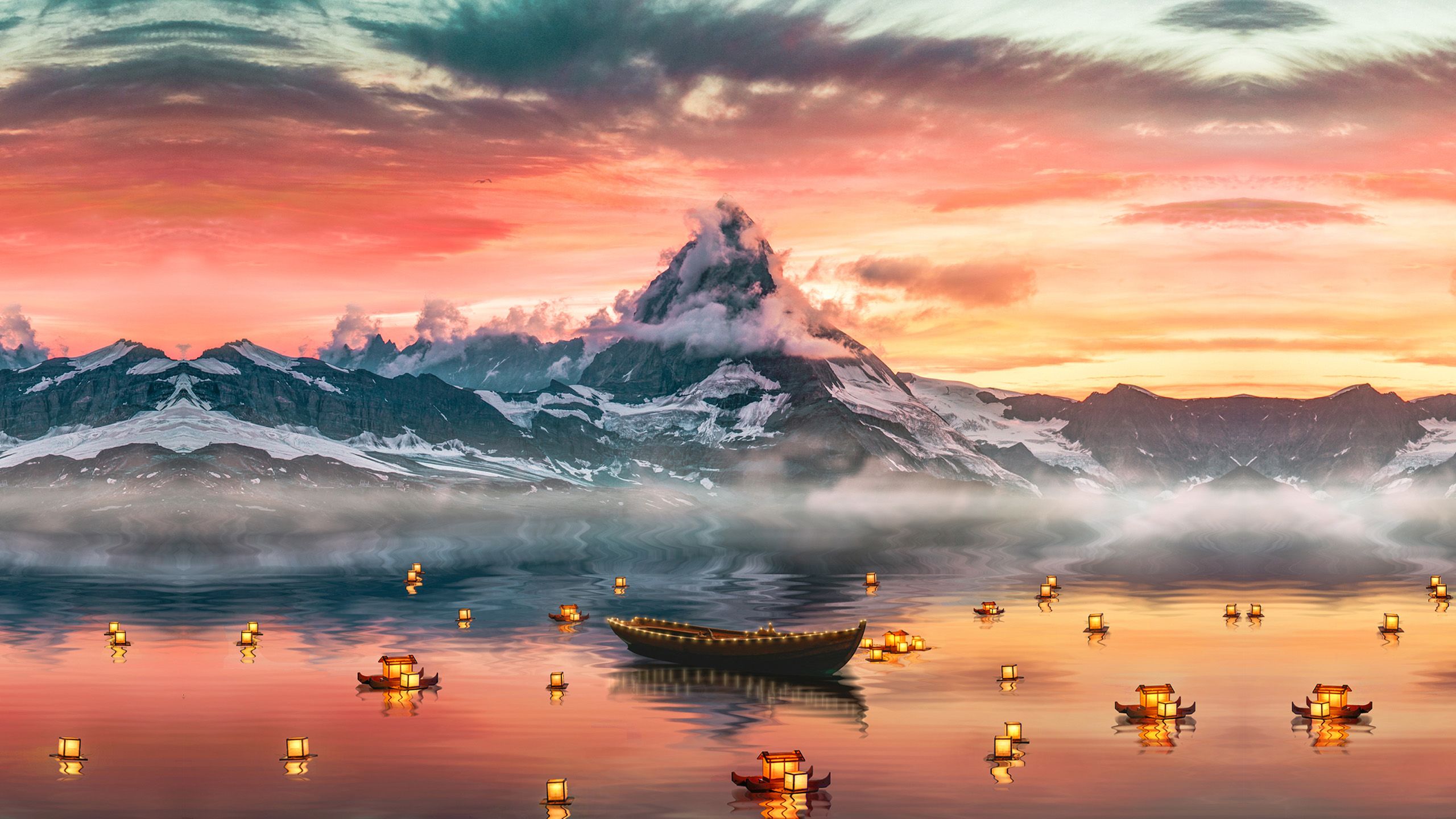Brazil Improves the Adaptive Capacity of Agricultural Production Systems to Prepare for Climate Change
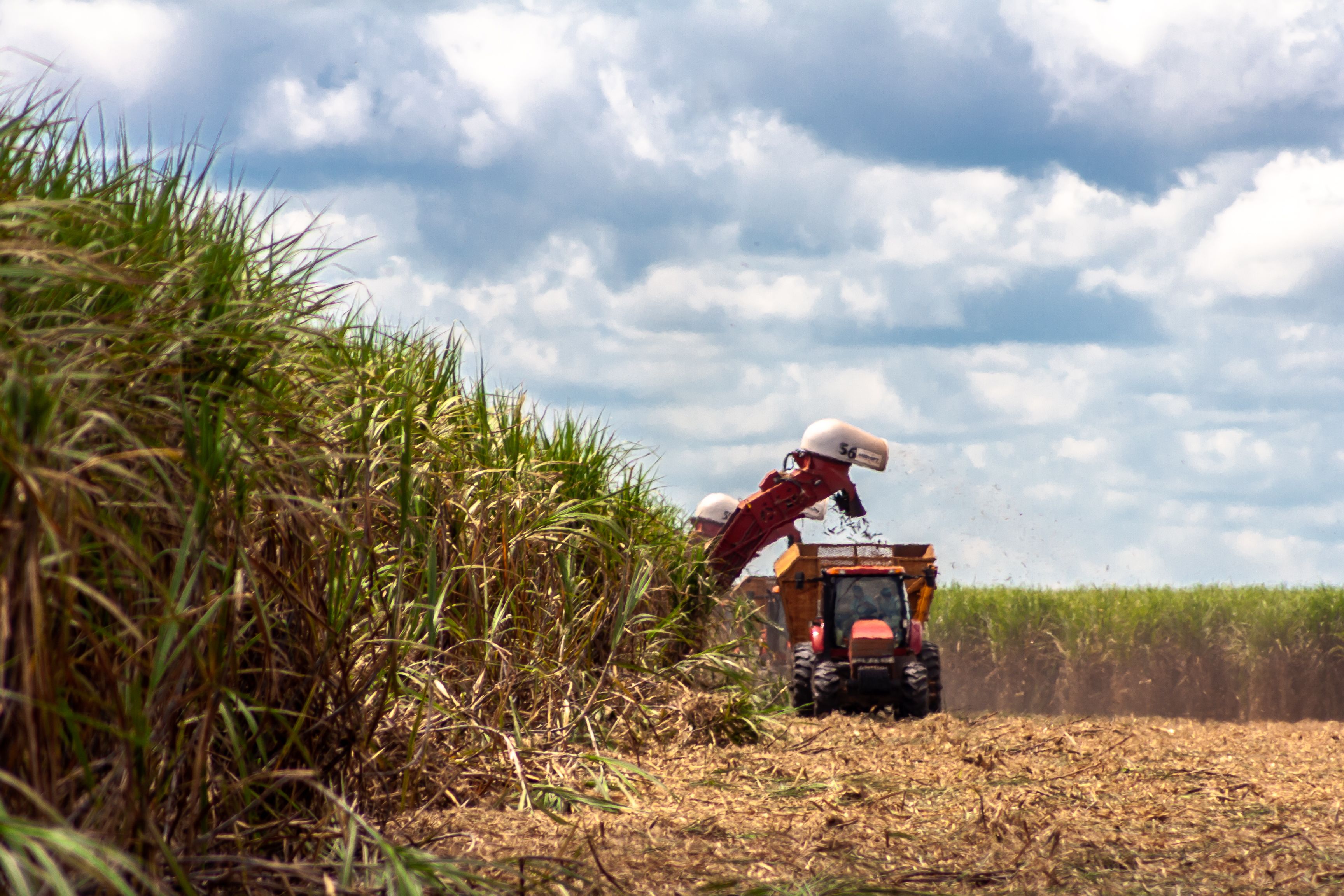
The vulnerability of the Brazilian agriculture sector to the impacts of climate change requires effective and urgent adaptation strategies for strengthening the resilience of agricultural and livestock production systems. The sixth report by the Intergovernmental Panel on Climate Change (IPCC), entitled Climate Change 2021: The Physical Science Basis, launched in August 2021, reinforced the undeniable and irreversible trends of current and future climate risks faced by the planet. In this context, dealing with the effects of the climate crisis calls for important advancements in resilient agricultural production systems.
In the first phase of the Sectoral Plan for Climate Change Mitigation and Adaptation and Consolidation of a Low-Carbon Economy in Agriculture (ABC Plan), implemented between 2010 and 2020, many advances were achieved with the development of low-carbon emission technologies, which, by pushing the mitigation of greenhouse gases, increased the resilience of the production systems. As a result, in 2021, a new phase called the Plan for Adaptation and Low Carbon Emission in Agriculture (ABC+ Plan) was launched. The ABC+ Plan provides guidance for the strategic agenda proposed by the Brazilian government for continuing its sectoral policy for climate change in the agricultural sector for the period between 2020 and 2030.
Even though the ABC Plan has achieved good results on the sustainability and resilience of agricultural production systems, it remains unclear what is needed to ensure agricultural production systems are resilient to climate change and the effectiveness of adaptation strategies tailored for different crops. Aiming to support the development of strategies to enhance resilience, as well as raise awareness of the complexity and impacts of extreme climate events in agricultural activities, the Brazilian Ministry of Agriculture, Livestock and Foods Supply (MAPA) has undertaken a series of studies and activities to better understand these issues.
An outcome of these efforts was the development of the Conceptual Framework for Evaluating Strategies for the Adaptation of Agricultural Systems to Climate Change, created through a partnership between MAPA, the NAP Global Network, the Inter-American Institute for Cooperation on Agriculture (IICA), and the “ABC Cerrado” project.
The Conceptual Framework is a tool to support the development of adaptation strategies for different agricultural production chains, as well as to monitor the progress of the adaptation measures. The Conceptual Framework comprises two interconnected elements—vulnerability and resilience—with a gradation between them. Six action axes are associated with these two elements.
Axis 1 – Genetic Improvement
Closely related to vulnerability, this axis’ actions aim to strengthen the resilience of agricultural systems with a low adaptation level. Increasing the diversity of commercial crops’ genetic base is essential for this axis to ensure higher resilience.
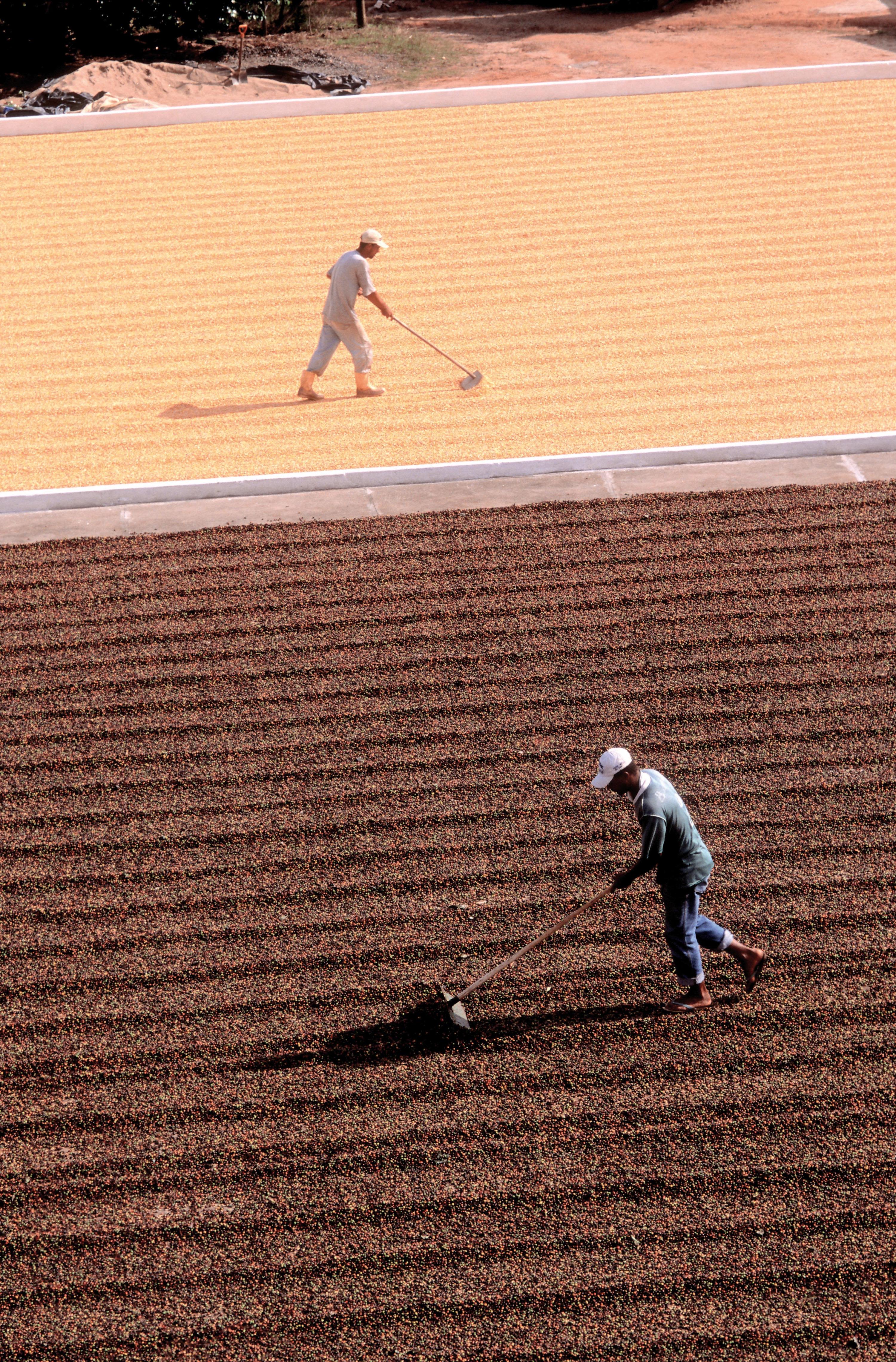
Axis 2 – Products, Processes, and Technology
In this axis, actions enable an increase in agricultural systems’ adaptive capacity through the development of agricultural management tools or specific machinery and products. In addition to the genetic improvement, these actions increase the resilience of the agricultural system, contributing to a medium level of adaptation.

Axis 3 – Diversified Conservation Systems and Integrated Management
This axis addresses deeper issues about sustainability in agricultural production, aiming to increase the resilience of complex agricultural systems. The inputs of axes 1 and 2 are considered on axis 3, creating a positive gradation, providing greater adaptation capacity for the system, and making the agricultural system more resilient.
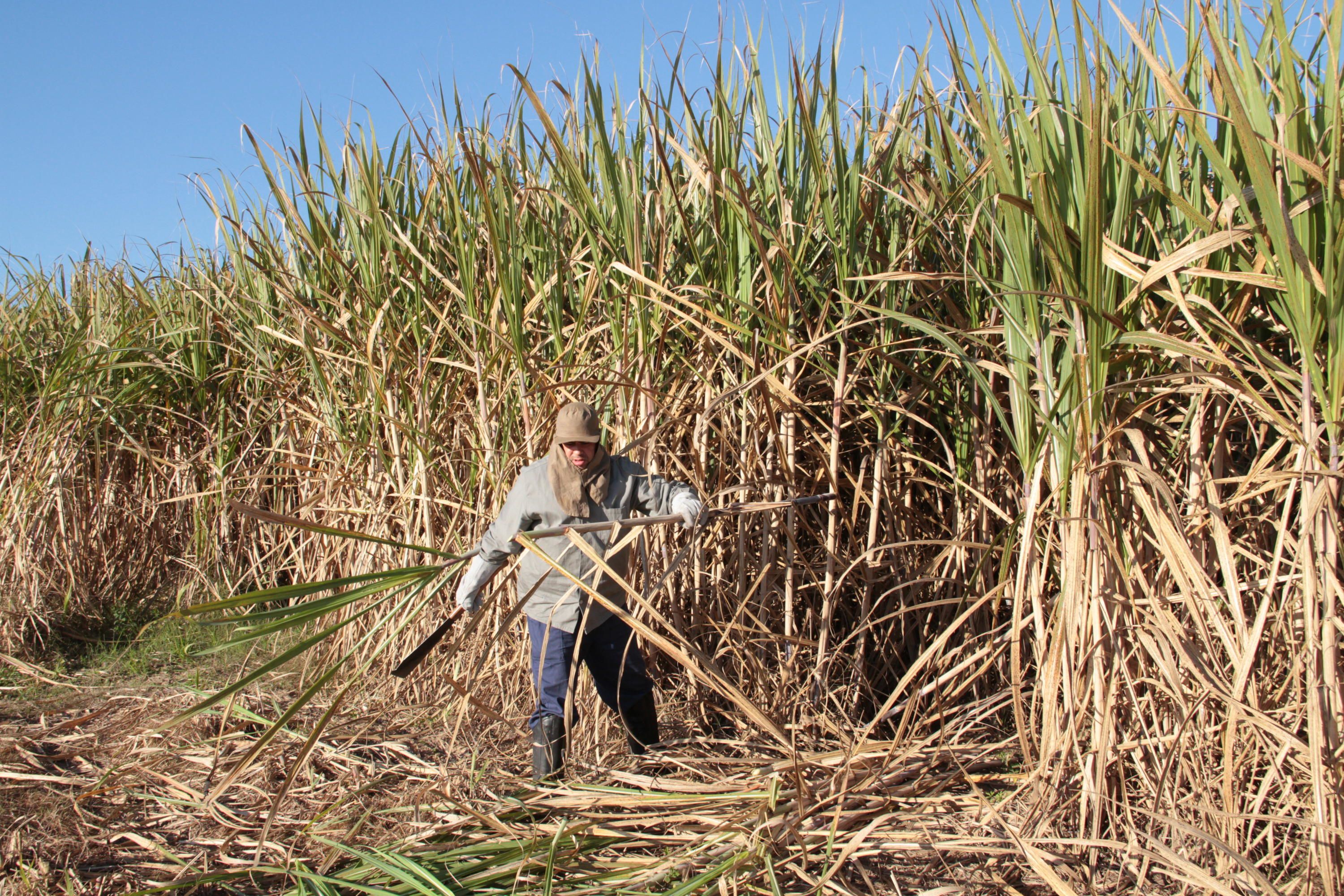
Axes 1, 2, and 3 are considered direct actions for being straight connected to production systems.
Axis 4 – Climate Forecasting and Territorial Zoning
These tools are significant, as they enable the development of predictive and exploratory scenarios about the effects of climate change on agriculture so as to minimize its impacts. These tools also allow a better understanding of the viability of production areas for certain crops, thus avoiding exposure to climate risks.
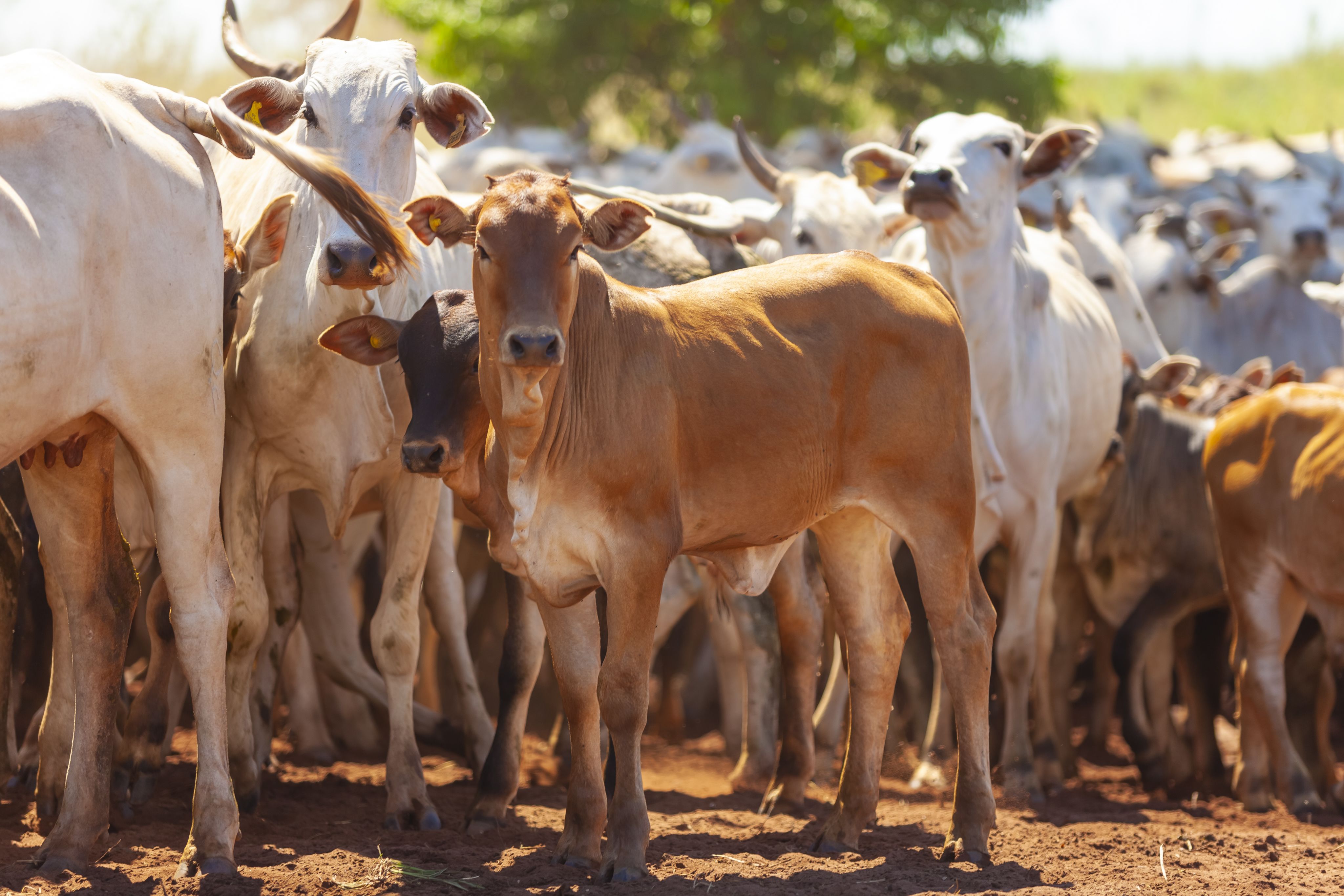
Axis 5 – Financing, Technical Assistance, and Public Policies
This axis’s actions comprise mechanisms to promote and implement initiatives to increase production and/or the adaptation capacity of an agricultural system to climate change. Actions from both public and private sectors can enable producers’ access to the direct actions of axes 1, 2, and 3.

Axis 6 – Socioeconomic and Environmental Performance
This axis comprises socioeconomic, infrastructure, and income circumstances, environmental regulation, and the interactions among agricultural production chains, society, and the environment.

To support the implementation of the Conceptual Framework in Brazilian agriculture and livestock, MAPA—with support from the NAP Global Network—held a series of workshops both to raise awareness within the domestic scientific community and to share how to apply the framework to six production chains to develop suitable adaptation strategies: beef cattle, dairy cattle, sheep and goat breeding in semiarid regions, corn, sugar cane, and coffee.
During the workshops, the strengths and weaknesses of each axis in the six production chains were pointed out by the participants. These inputs will serve as a reference for preparing the adaptation strategy for each of the chains studied, providing an overview of the level of adaptation and the adaptation capacity of Brazilian agriculture and livestock.



Traditional animation (also called cel animation or hand-drawn animation) was the process used for most animated films of the 20th century.
The individual frames of a traditionally animated film are photographs of drawings that are first drawn on paper. To create the illusion of movement, each drawing differs slightly from the one before it.
The animators' drawings are traced or photocopied onto transparent acetate sheets called cels, which are filled in with paints in assigned colors or tones on the side opposite the line drawings. The completed character cels are photographed one-by-one against a painted background by a rostrum camera onto motion picture film . The traditional cel animation process became obsolete by the beginning of the 21st century. Today, animators' drawings and the backgrounds are either scanned into or drawn directly into a computer system.
Various software programs are used to color the drawings and simulate camera movement and effects.
The final animated piece is output to one of several delivery media, including traditional 35 mm film and newer media such as digital video. The "look" of traditional cel animation is still preserved, and the character animators' work has remained essentially the same over the past 70 years. Some animation producers have used the term "tradigital" to describe cel animation which makes extensive use of computer technology. Examples of traditionally animated feature films include Pinocchio (United States, 1940), Animal Farm (United Kingdom, 1954), and Akira (Japan, 1988). Traditional animated films which were produced with the aid of computer technology include The Lion King (US, 1994) Sen to Chihiro no Kamikakushi (Spirited Away) (Japan, 2001), and Les Triplettes de Belleville (France, 2003).
In computer displays, filmmaking, television production, and other kinetic displays, scrolling is sliding text, images or video across a monitor or display, vertically or horizontally. "Scrolling", as such, does not change the layout of the text or pictures, but moves (pans or tilts) the user's view across what is apparently a larger image that is not wholly seen. A common television and movie special effect is to scroll credits, while leaving the background stationary. Scrolling may take place completely without user intervention (as in film credits) or, on an interactive device, be triggered by touchscreen or computer mouse motion or a keypress and continue without further intervention until a further user action, or be entirely controlled by input devices. Scrolling may take place in discrete increments (perhaps one or a few lines of text at a time), or continuously (smooth scrolling). Frame rate is the speed at which an entire image is redisplayed. It is related to scrolling in that changes to text and image position can only happen as often as the image can be redisplayed. When frame rate is a limiting factor, one smooth scrolling technique is to blur images during movement that would otherwise appear to "jump". The term scrolling is also used for a type of misbehavior in an online chat room whereby one person forces the screens of others in a chat to scroll by inserting much noise or special control characters.
Words from http://en.wikipedia.org/wiki/Animation and http://en.wikipedia.org/wiki/Scrolling.



Writing is a medium of communication that represents language through the inscription of signs and symbols.
In most languages, writing is a complement to speech or spoken language. Writing is not a language but a form of technology. Within a language system, writing relies on many of the same structures as speech, such as vocabulary, grammar and semantics, with the added dependency of a system of signs or symbols, usually in the form of a formal alphabet. The result of writing is generally called text, and the recipient of text is called a reader. Motivations for writing include publication, storytelling, correspondence and diary. Writing has been instrumental in keeping history, dissemination of knowledge through the media and the formation of legal systems.
